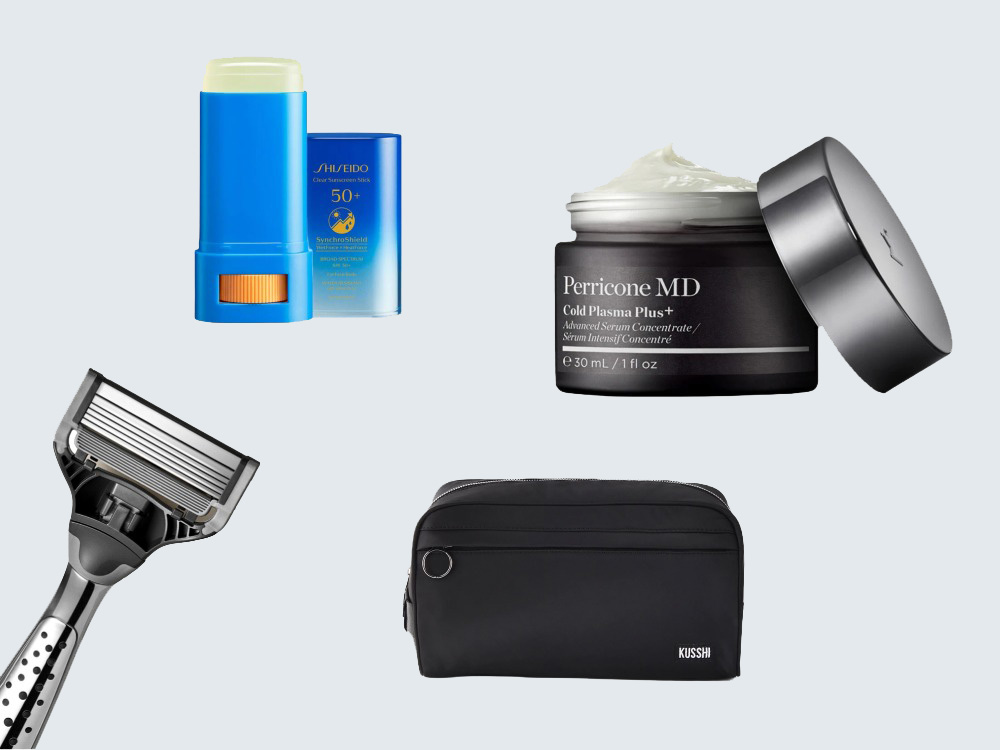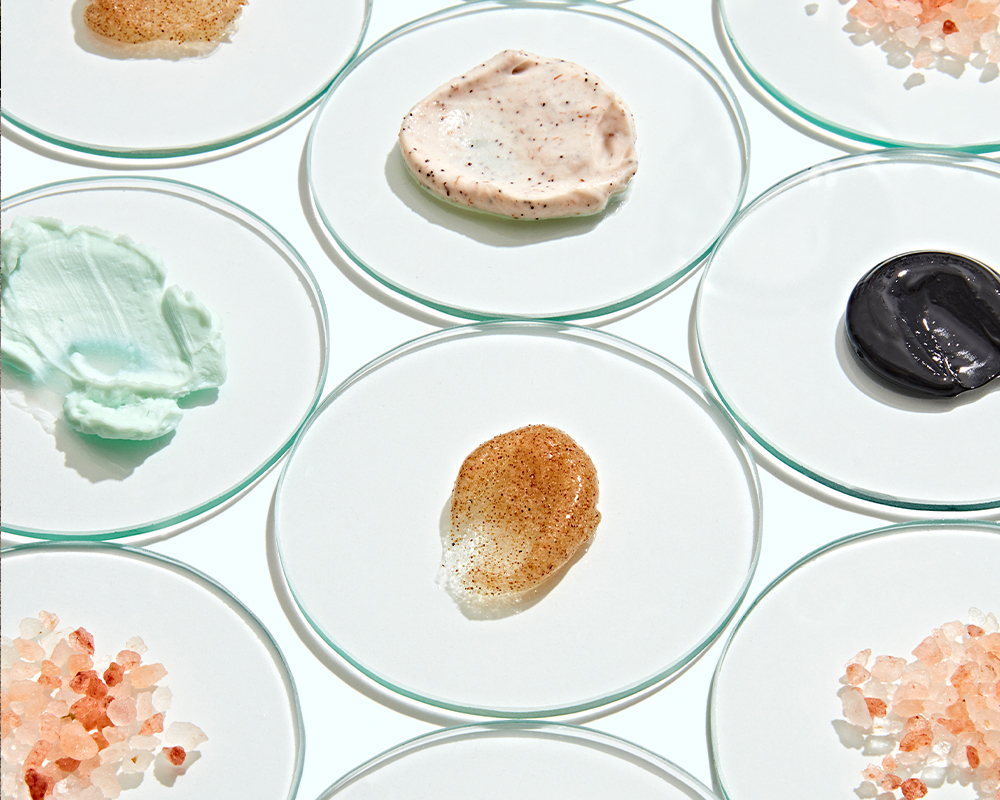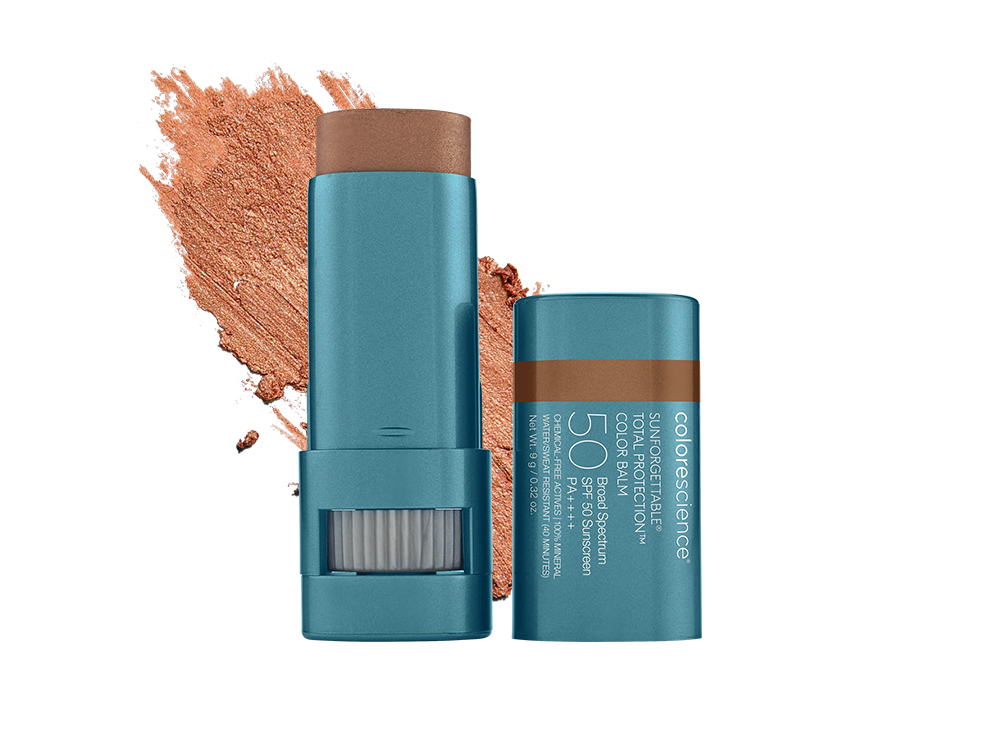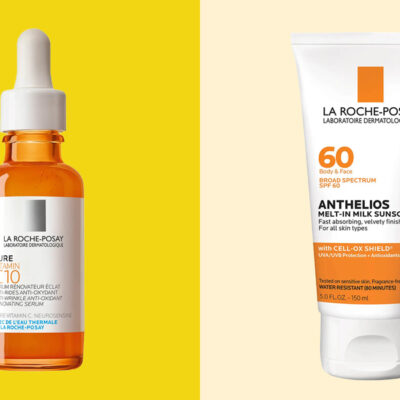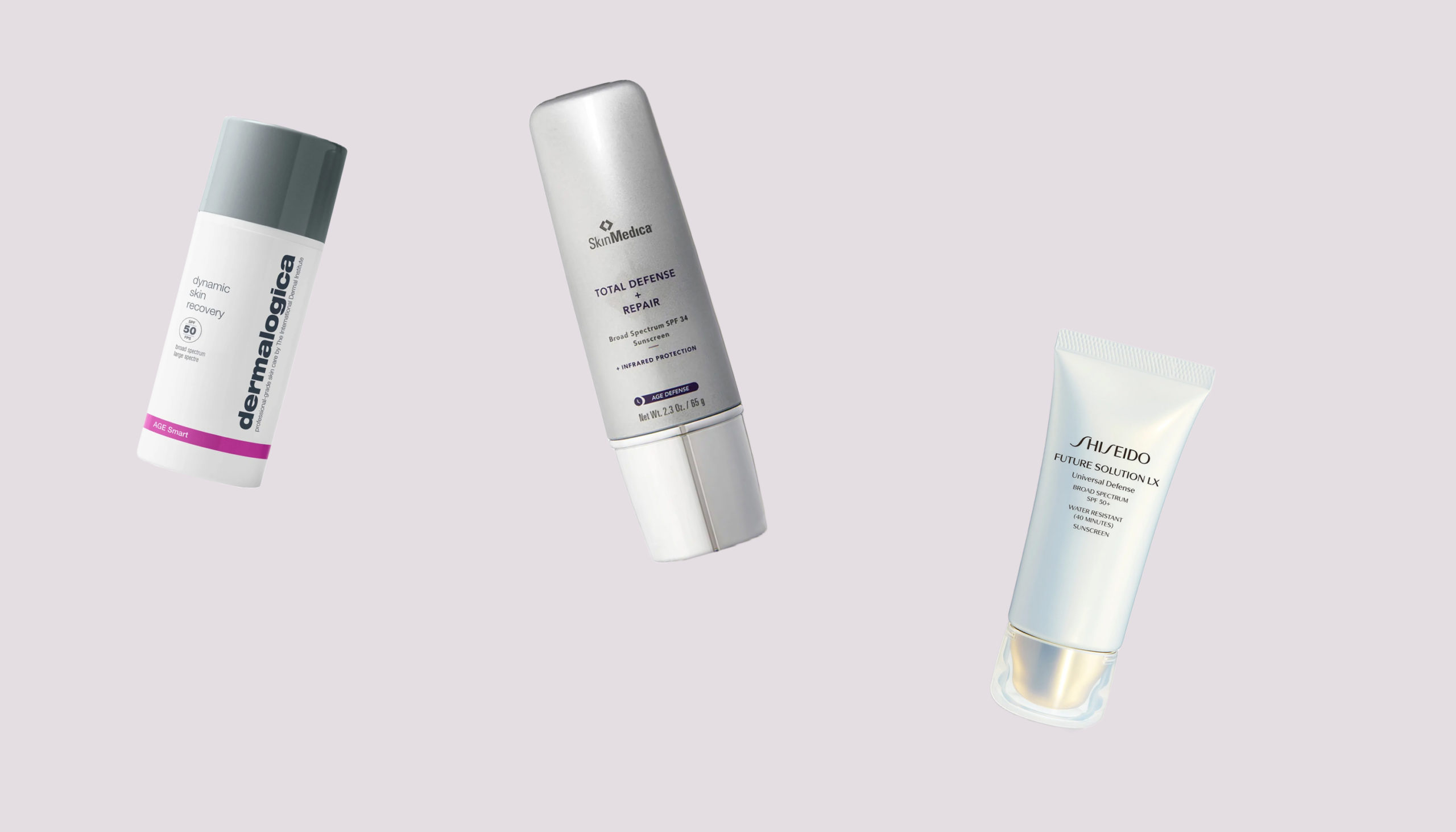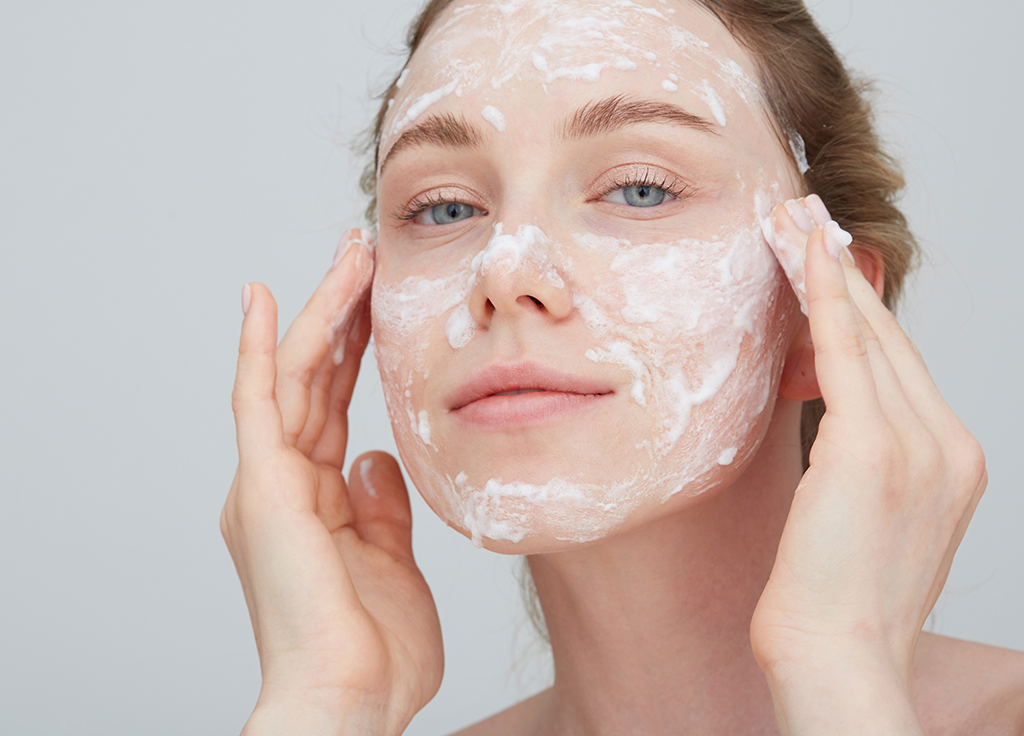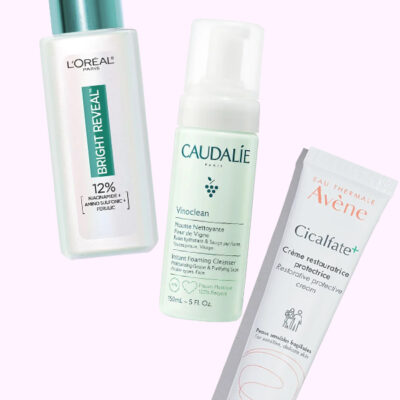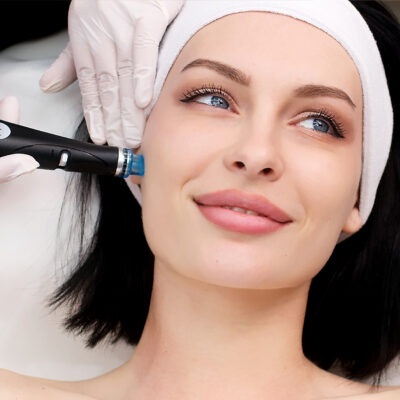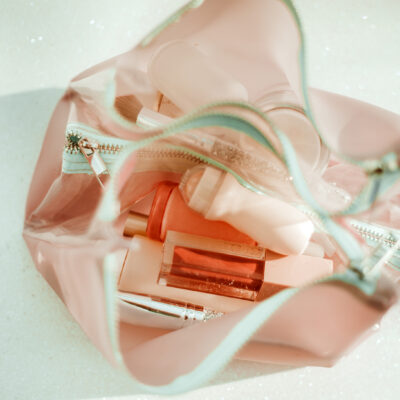The beauty of injectables is that not only are they fast, but they also offer immediate gratification. Whether you’re considering a hyaluronic acid filler for the first time or have a standing appointment for a neurotoxin, injectables can offer plumper lips or smoother skin within a few days. But as straightforward as they seem—and often are—they do come with a risk of side effects and, as with any cosmetic procedure, possible complications.
That’s why caring for skin properly after getting injectables is so important. These precautions “are taken to reduce potential side effects such as bruising, swelling and filler migration,” says New York board-certified dermatologist Jody Levine, MD. Plus, giving extra TLC to your skin can also maximize the results of your treatment, allowing you to get the most from your appointment.
This goes for your skin-care products, too, with certain tweaks to your routine—be it the addition of a specific ingredient or suspending use of another—influencing the outcome of your injectables. Ahead, experts share their guidelines for the best skin care after injections for a smoother, firmer, and all-around more youthful complexion.
Featured experts
- Dr. Jody Levine is a board-certified dermatologist in New York
- Dr. Matthew Elias is a board-certified dermatologist in Fort Lauderdale, FL
What skin care to use after filler
The usual skin-care steps, like a mild cleanser and gentle moisturizer, are helpful after getting injectables. But increasing your skin hydration can be even more of a game-changer, especially if you’ve received a dermal filler.
“This is where the hyaluronic acid-based topical products can help enhance your filler treatment,” says Fort Lauderdale, FL board-certified dermatologist Matthew Elias, MD, who recommends incorporating a hyaluronic acid serum like SkinCeuticals Hyaluronic Acid Intensifier ($110) into your routine. “It’s a great option to complement your filler treatment as it draws water into the skin, enhancing your newly plumped skin and keeping it nice and smooth.” Another solid post-procedure option: Alastin’s HA (Hyaluronic Acid) IMMERSE Serum ($118), which “complements dermal fillers,” according to the brand’s website.
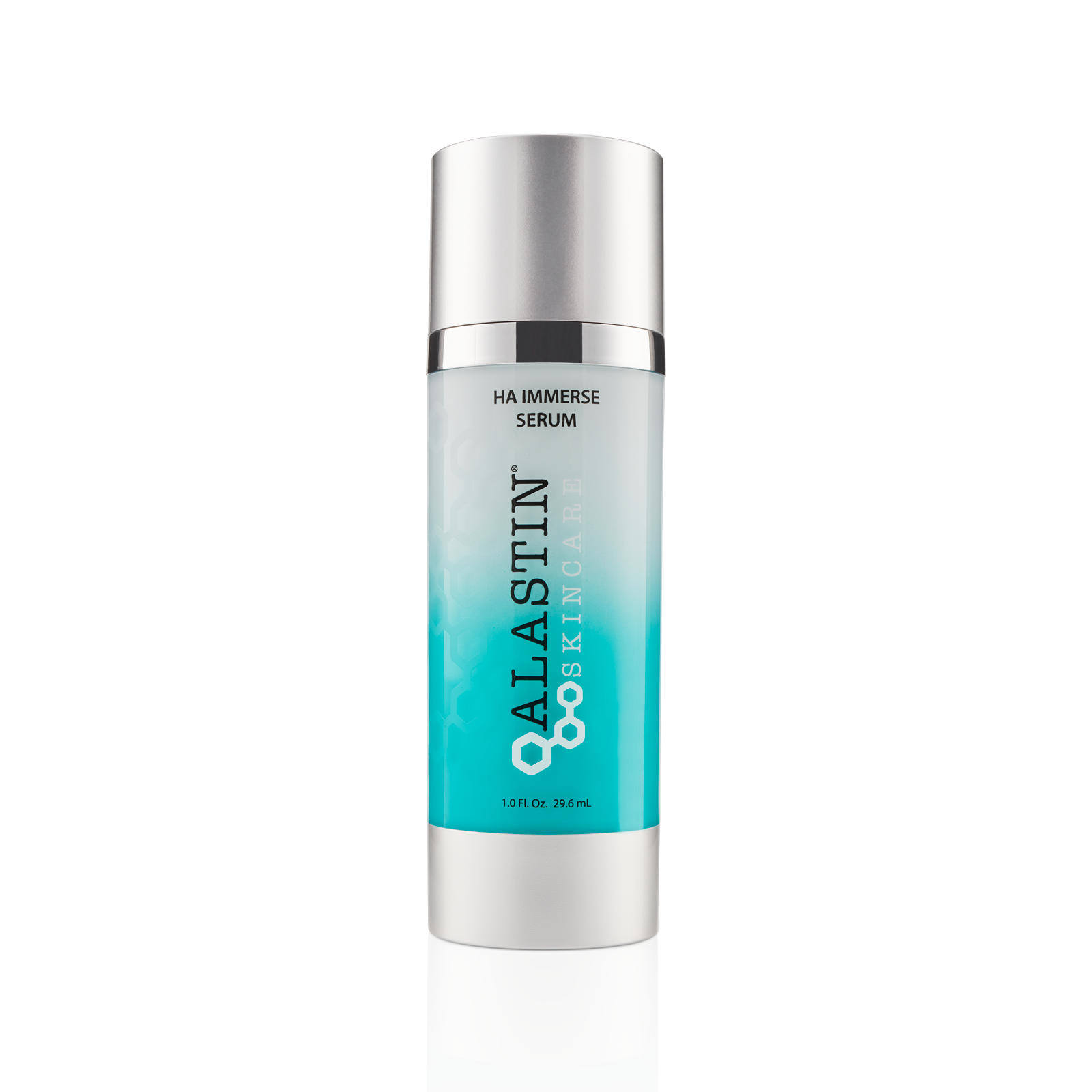
Digilent sunscreen usage is also, as always, critical—before, during and after injectables. “The most common mistake regarding skin care both before and after injectables is not being vigilant with sun protection, as the sun will have the most deleterious effects on your skin,” says Dr. Elias. Skimping on sunscreen is like taking one step forward and two steps back for signs of aging.
In addition to the standard active ingredients, Dr. Levine recommends applying a topical gel or cream with arnica, as well as arnica-infused silicone sheets, to the injected areas right after your appointment. These “can help minimize bruising and swelling after an injectable treatment,” she says. (A study in The Journal of Clinical and Aesthetic Dermatology found that it can increase the rate of healing after bruising, too.)
Also, consider gently ice rolling your skin after you get your injectables. In cooling your complexion and calming inflammation, that icy sensation “can help minimize bruising, swelling and minor discomfort from treatment,” says Dr. Levine.
What to skip in your skin-care routine after injections
If you’ve gotten injectables before, you might already know that blood thinners and intense exercise are off-limits for the first 24 to 48 hours post-procedure, depending on what you’ve received (your provider can give you specifics). What you might not realize, though, is that certain skin-care products should be off the table, too—such as some popular active ingredients.
“Typically, we advise discontinuing any products that can enhance bruising approximately three to five days prior to your filler appointment and another three to five days after,” says Dr. Elias. These can include retinoids and chemical exfoliants, including both alpha hydroxy acids and beta hydroxy acids. “They can irritate the skin, theoretically making it more likely for someone to rub or pick at their skin—and making them more likely to bruise,” he says.
Finally, when you cleanse your skin and apply your following products, do so with a very light touch. That’s especially important after getting filler since adding pressure to the injected area can contribute to filler migration and increased swelling, according to Dr. Levine. If you do choose to use an ice roller, use it with a light hand, or just opt for an ice pack and gently hold it against your skin. After three days, you can resume your usual routine—just with firmer, more supple skin.

